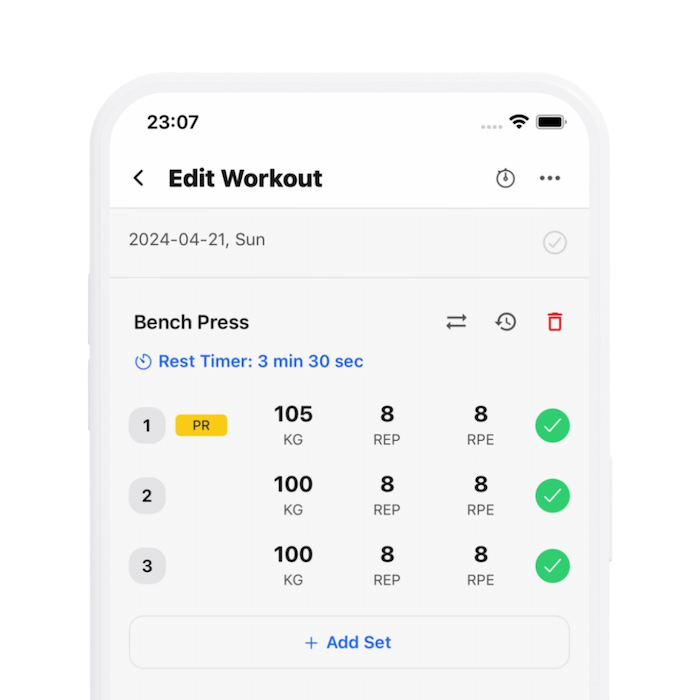30 Seconds SummaryThe Science of Sore - DOMS explained
- Delayed onset muscle soreness (DOMS) is typically caused by type 1 muscle strain from new or intense exercise, resulting in temporary pain and stiffness.
- DOMS can occur in any muscle group, but it is not a direct indicator of muscle damage or successful workout intensity.
- Soreness develops approximately 8 hours after exercise, peaks around 48-72 hours, and does not necessarily correlate with muscle damage.
- Metabolic stress during exercise, such as the increase in hydrogen ions and reactive oxygen species, might contribute to DOMS, rather than lactic acid, which is commonly but wrongly believed to cause soreness.
- Exercise like eccentric exercises can lead to significant muscle damage and may cause DOMS, particularly if the activity is unfamiliar.
- Experiencing DOMS does not necessarily imply greater muscle growth, as evidenced by its occurrence even from activities like long-distance running, which promote minimal hypertrophy.
- Severe DOMS can reduce performance in subsequent workouts by up to 50%, altering motor patterns and decreasing muscle activation.
- Various methods such as progressive exercise programs, foam rolling, massage, and certain supplements (e.g., caffeine, taurine, omega-3 fatty acids) can potentially reduce the impact or severity of DOMS.
- Cryotherapy and cold water immersion, popular among athletes for recovery, have not been found effective in reducing DOMS or enhancing muscle recovery based on current research.
- Myths such as 'No Pain, No Gain' are debunked, emphasizing that extreme soreness should not be used as an indicator of effective or beneficial workouts.
Stronger By Science
Brandon Roberts
